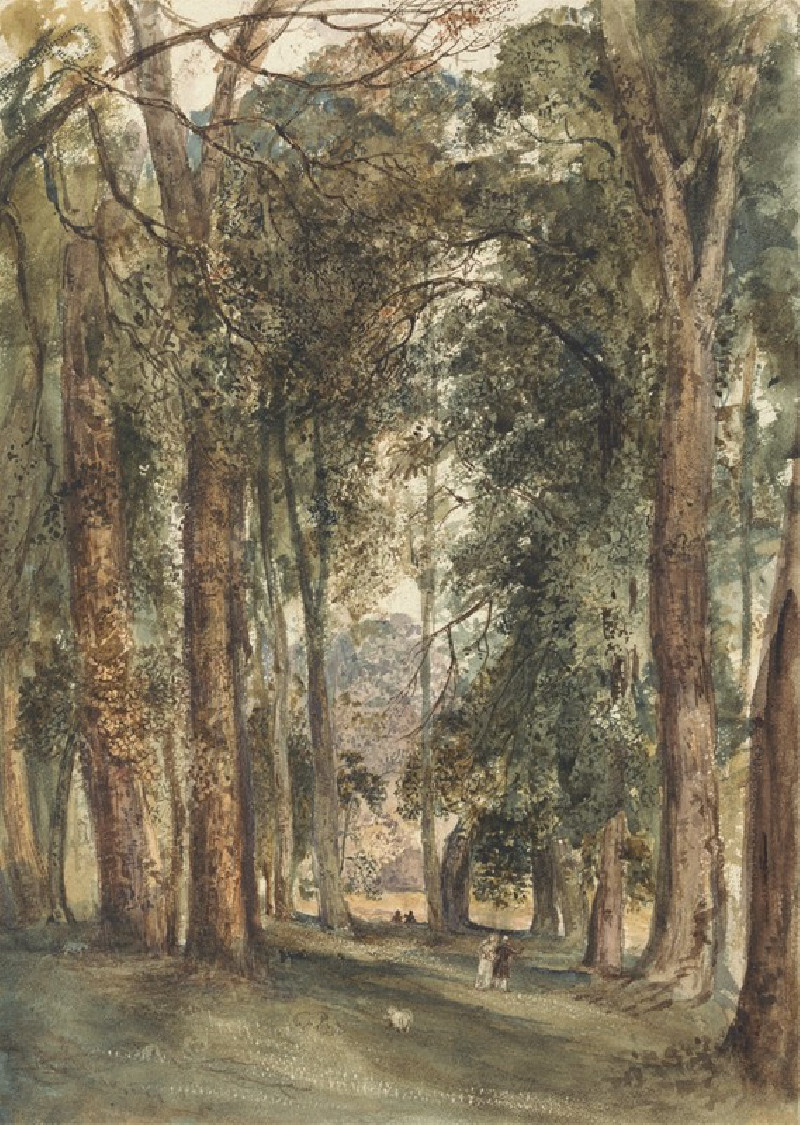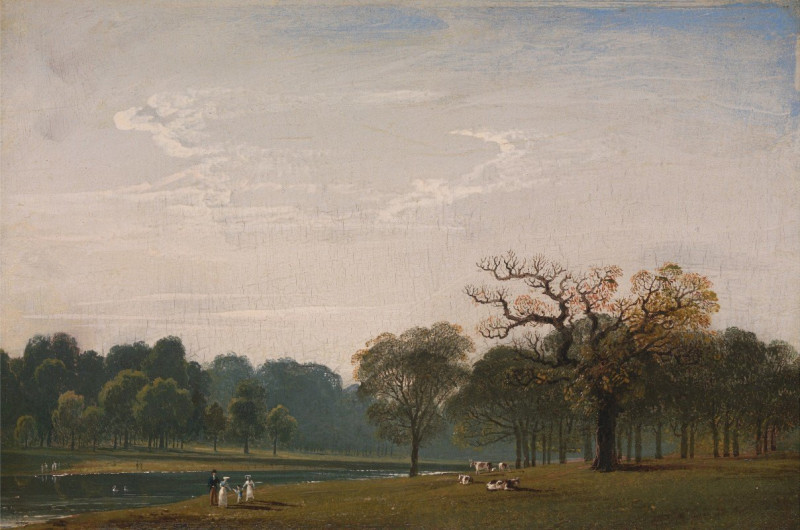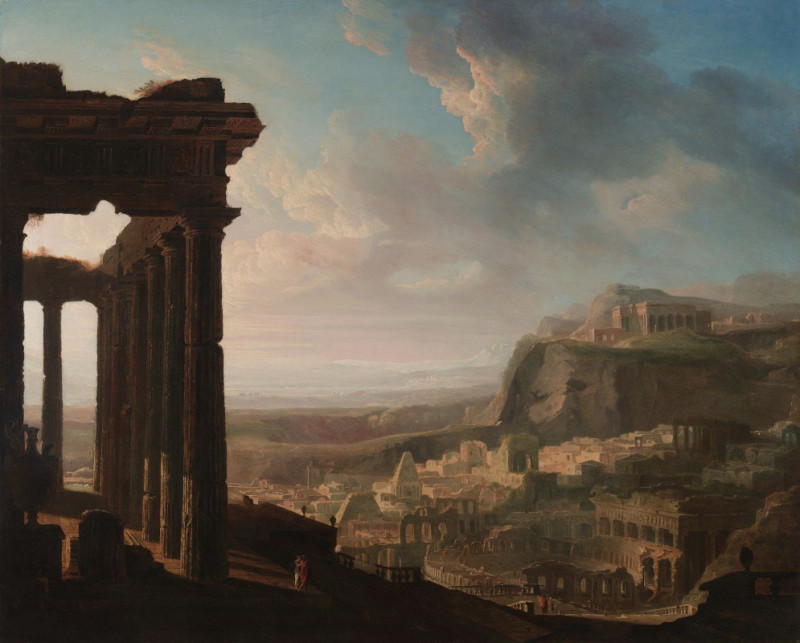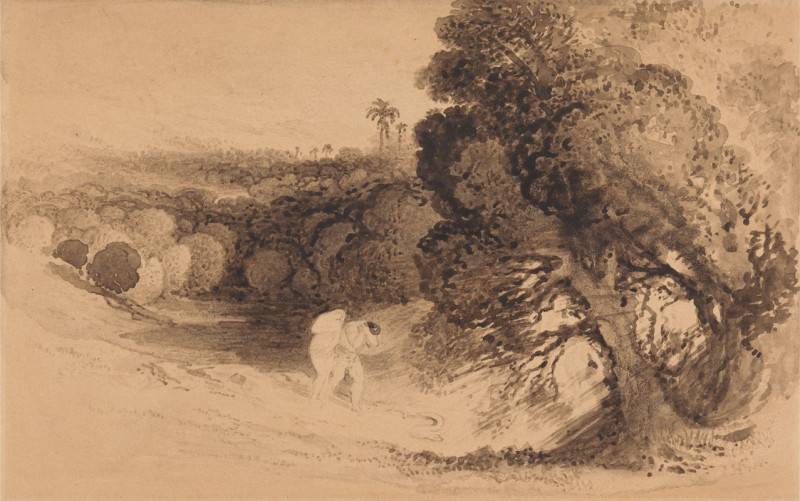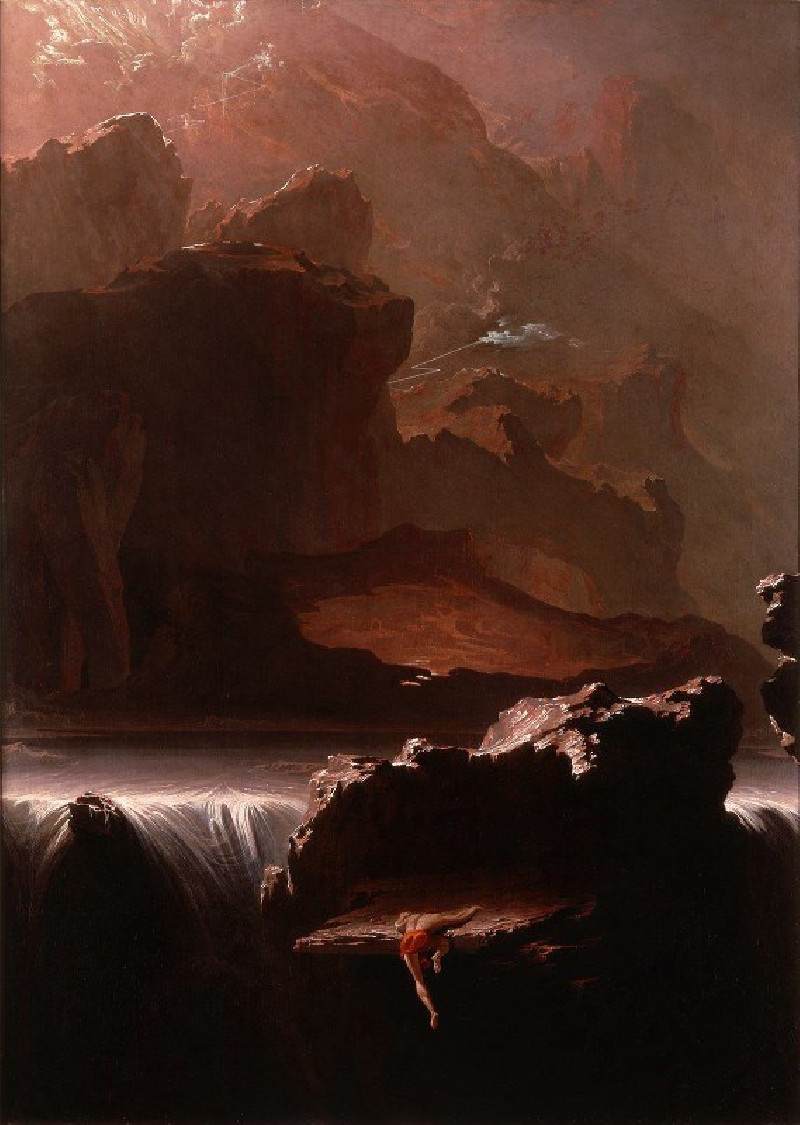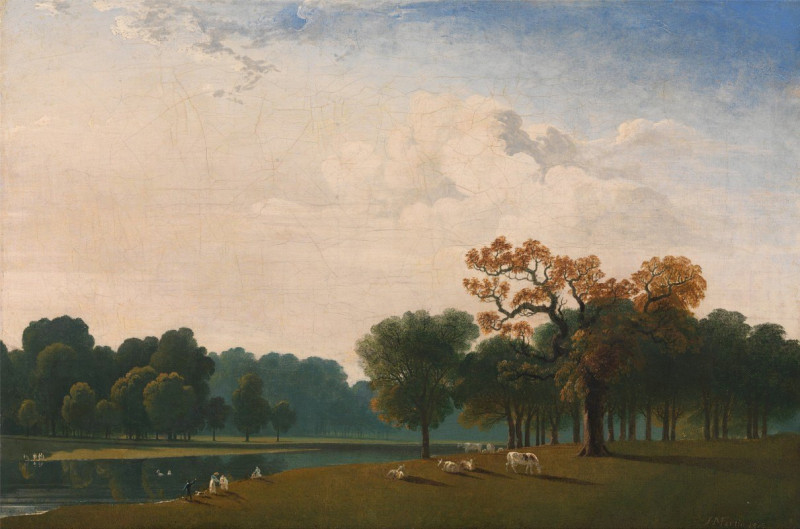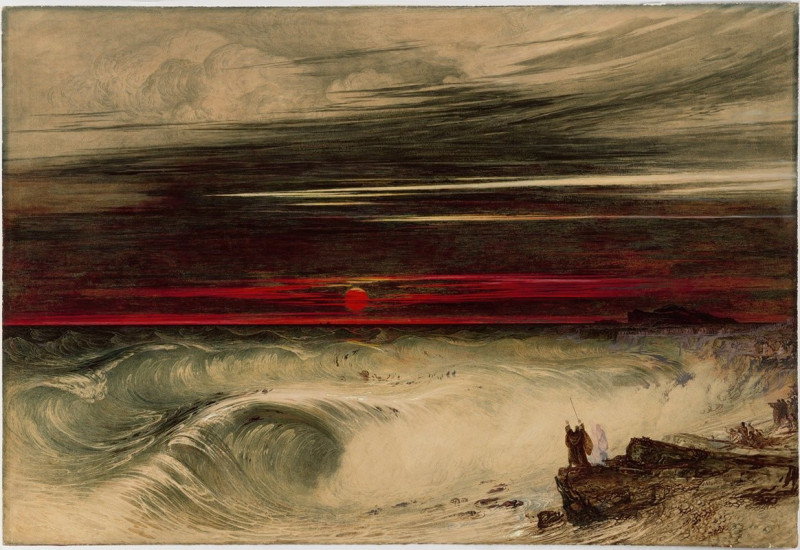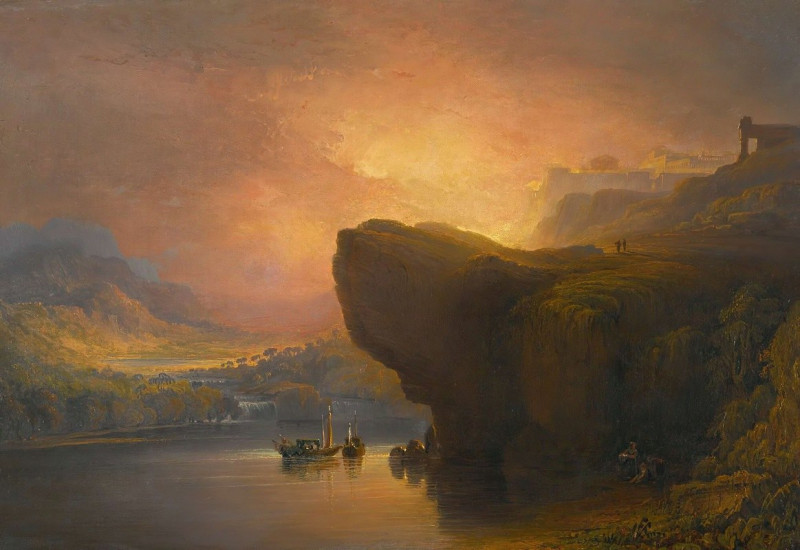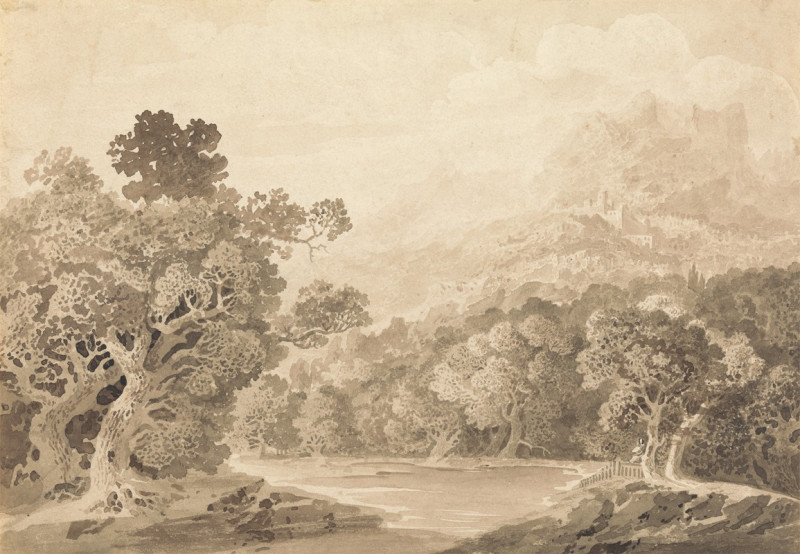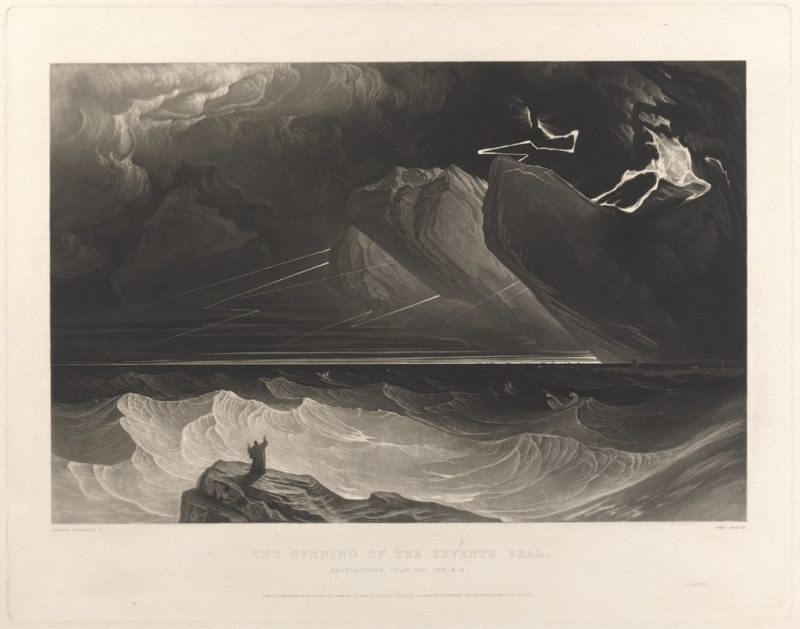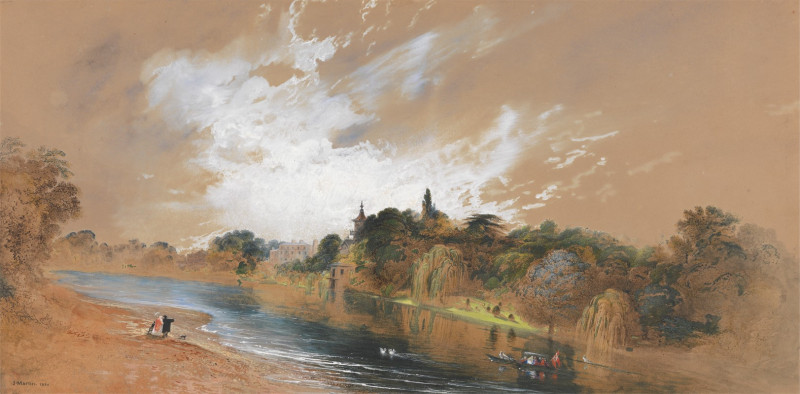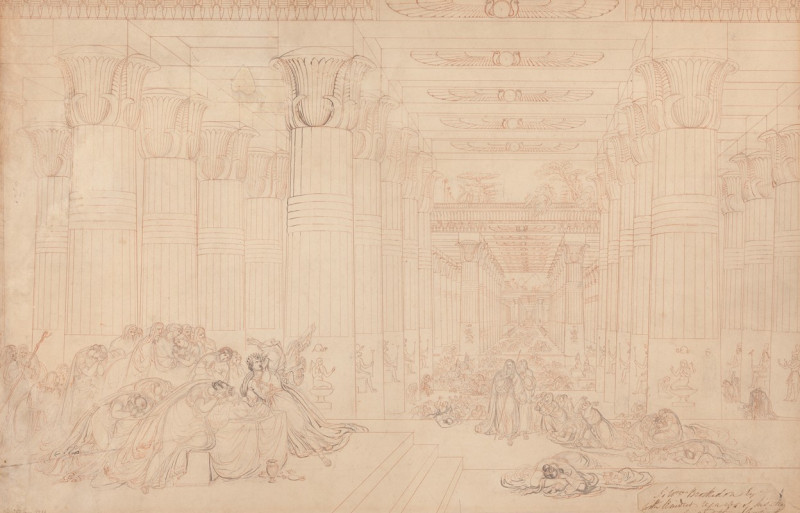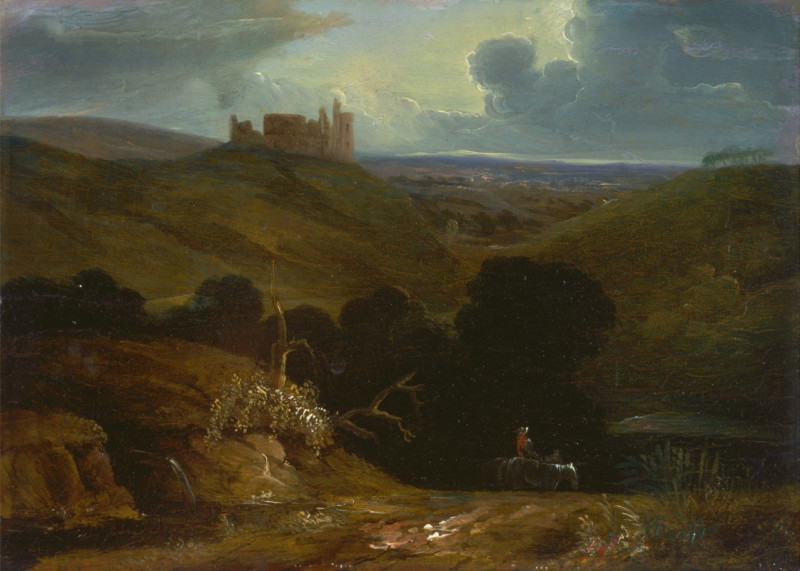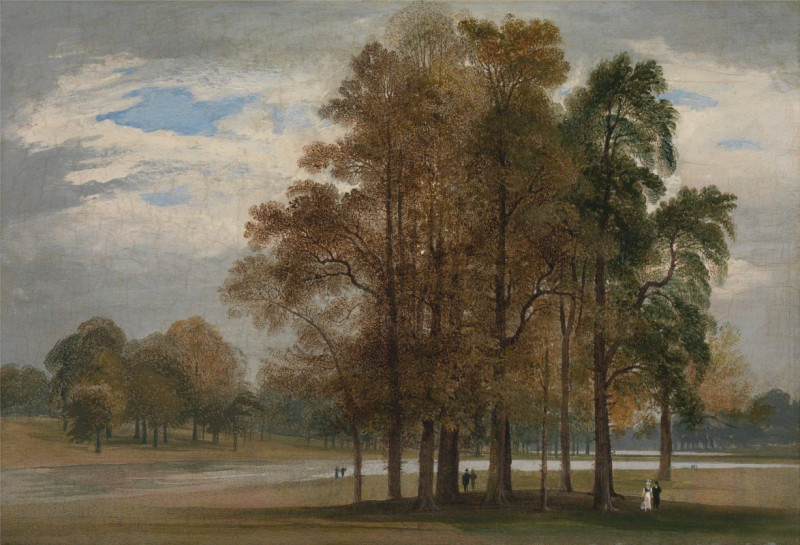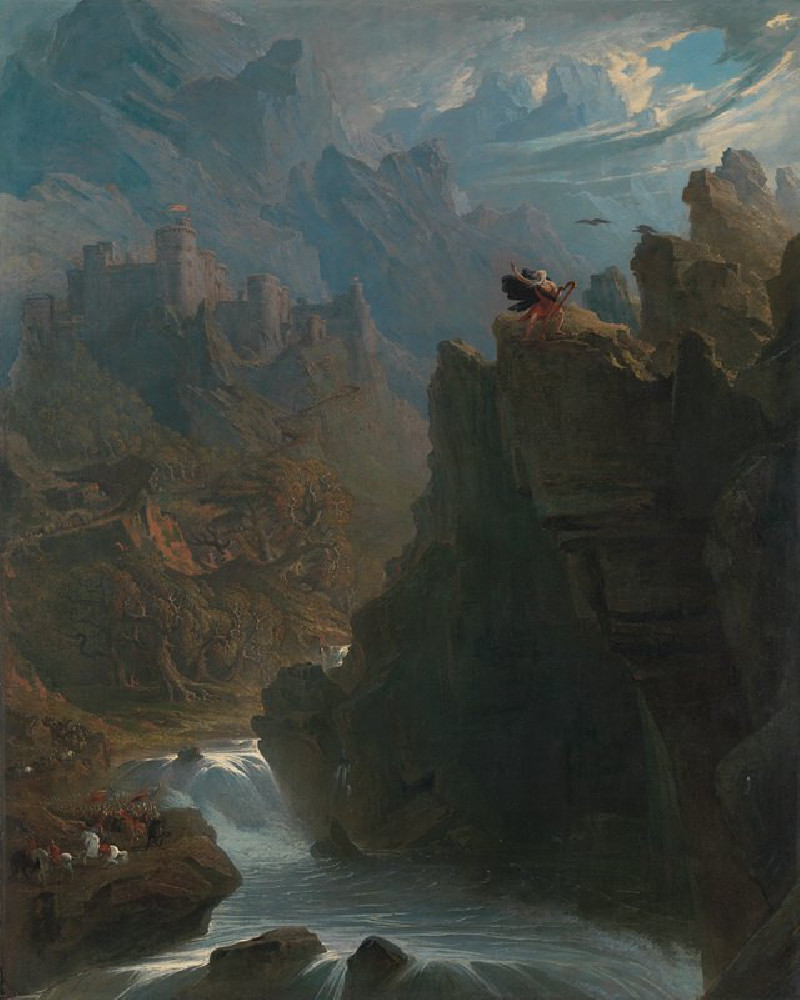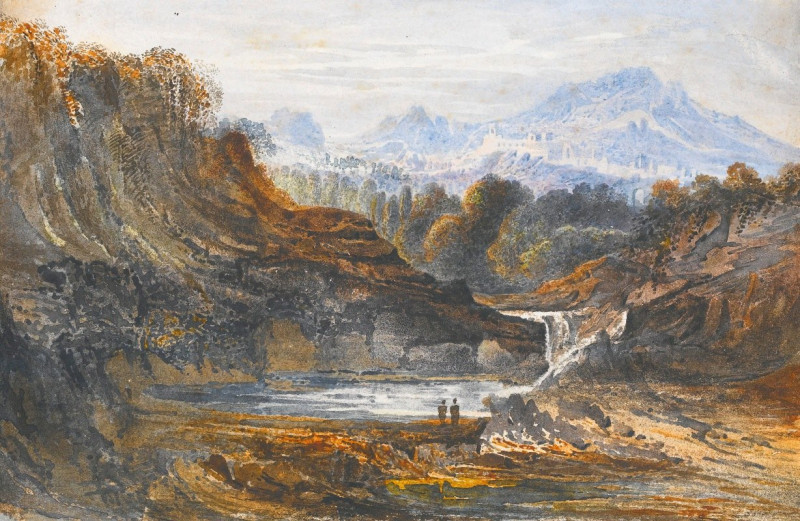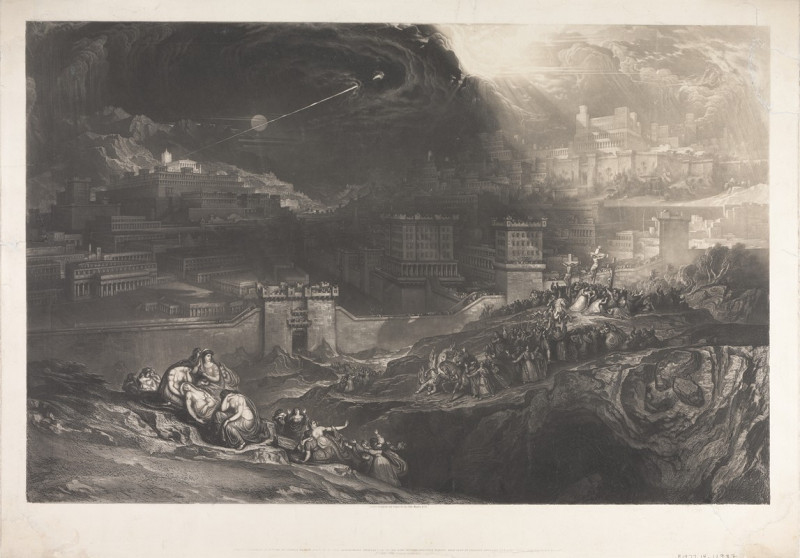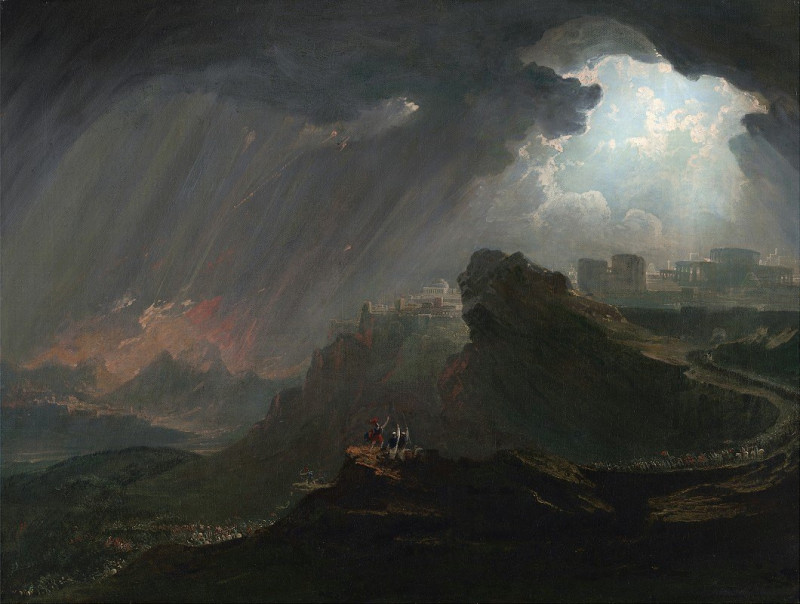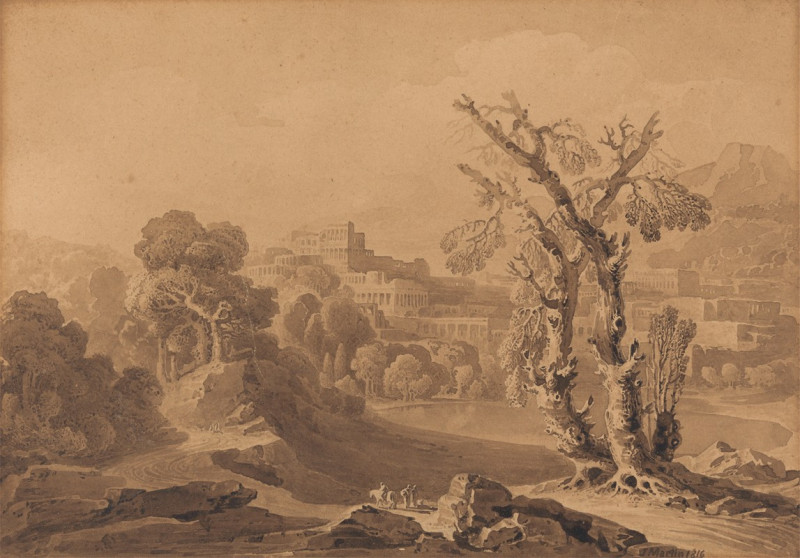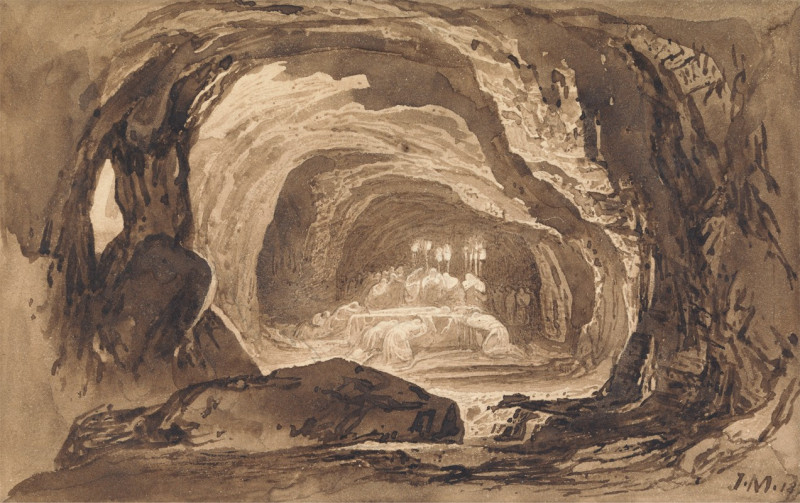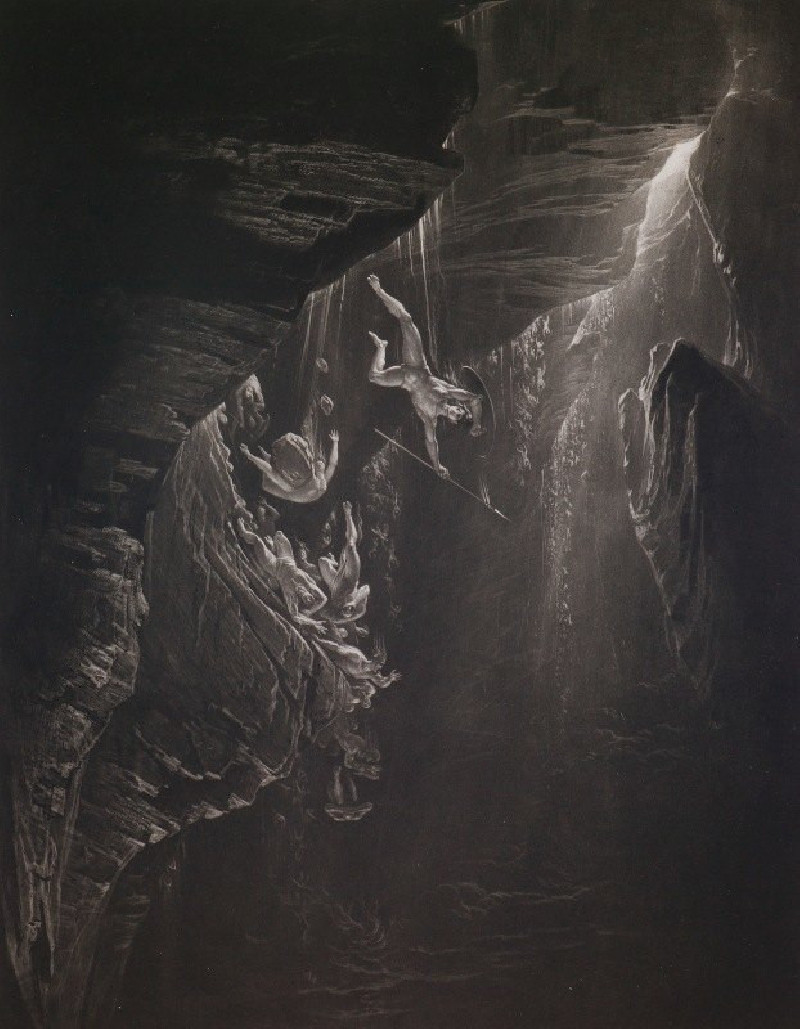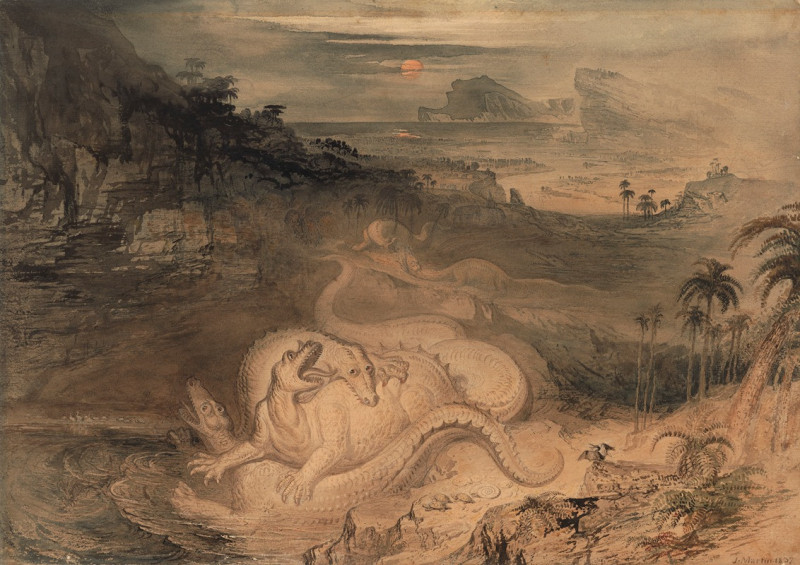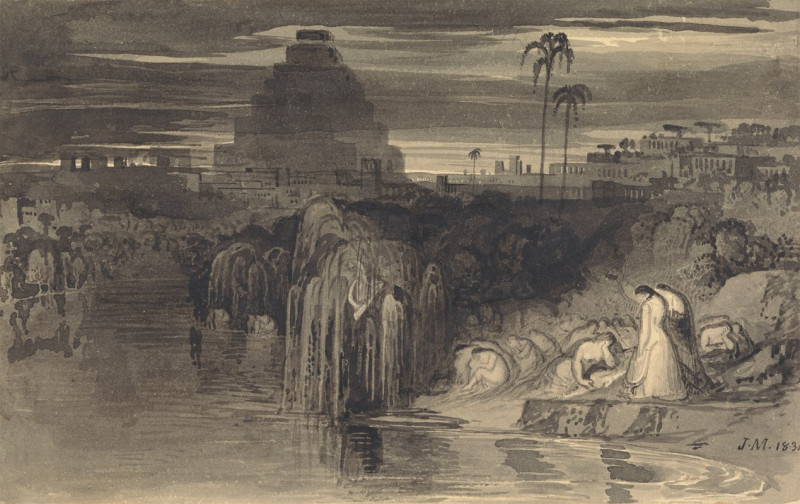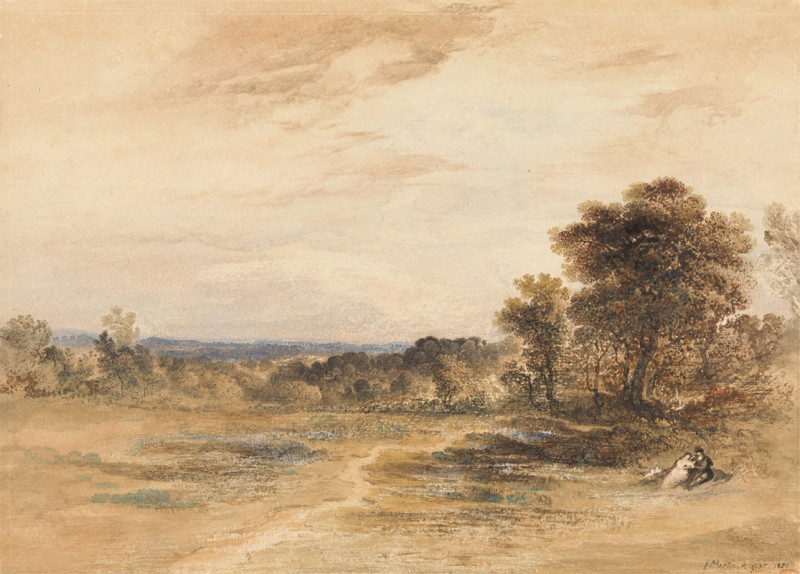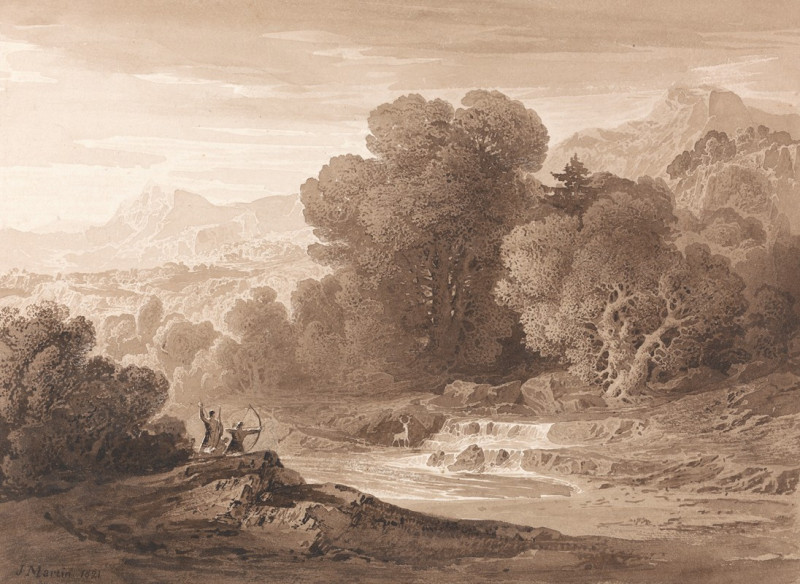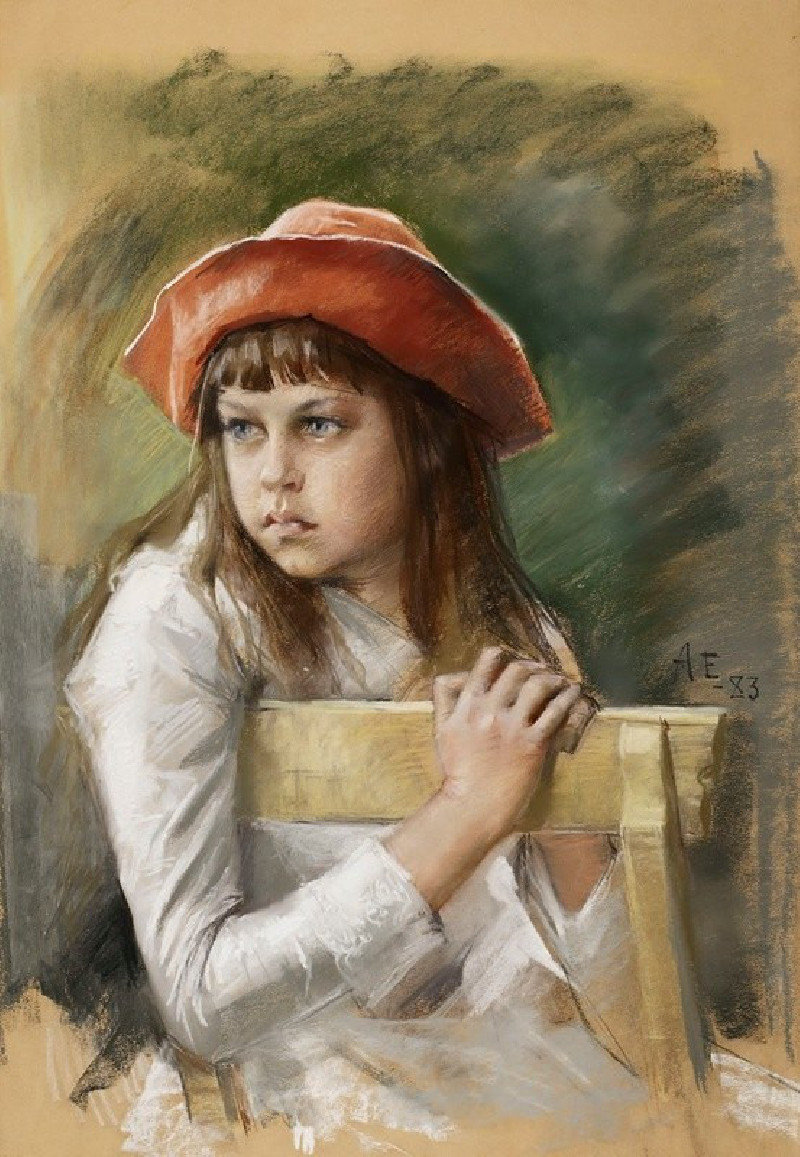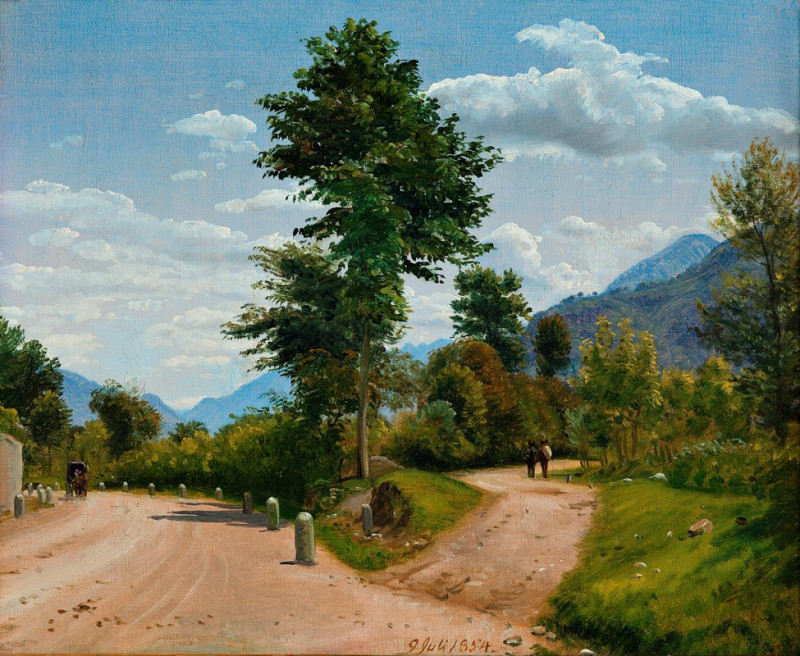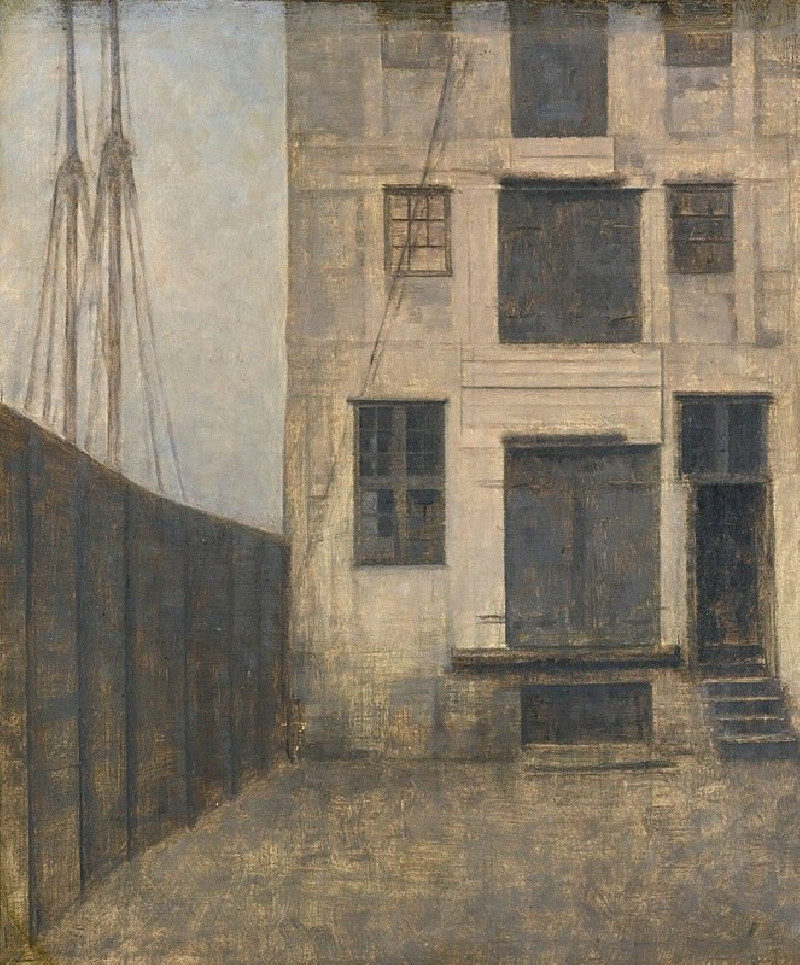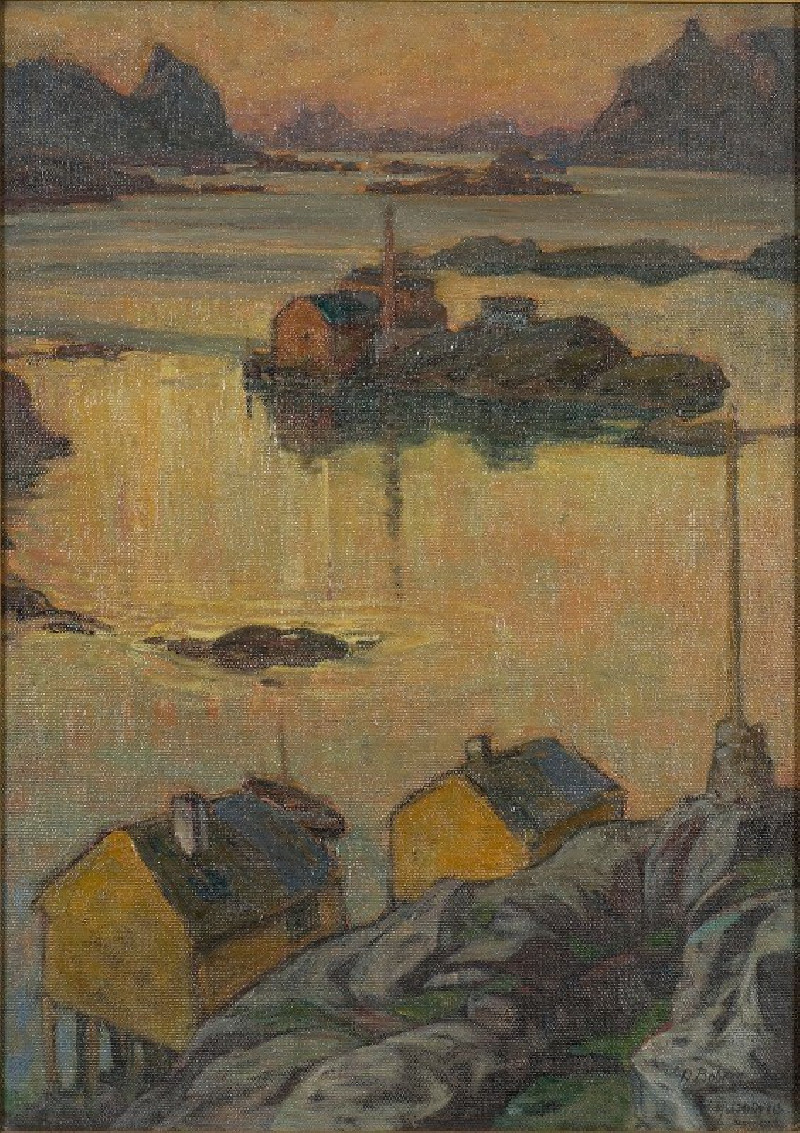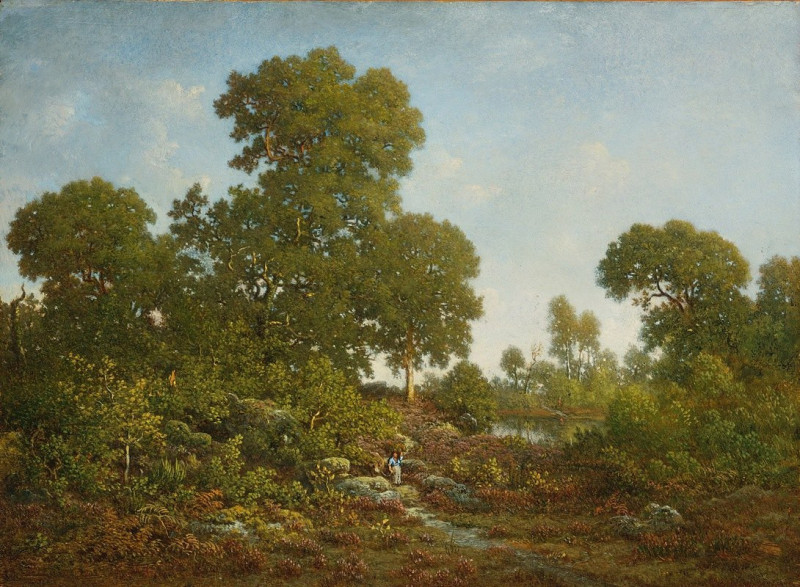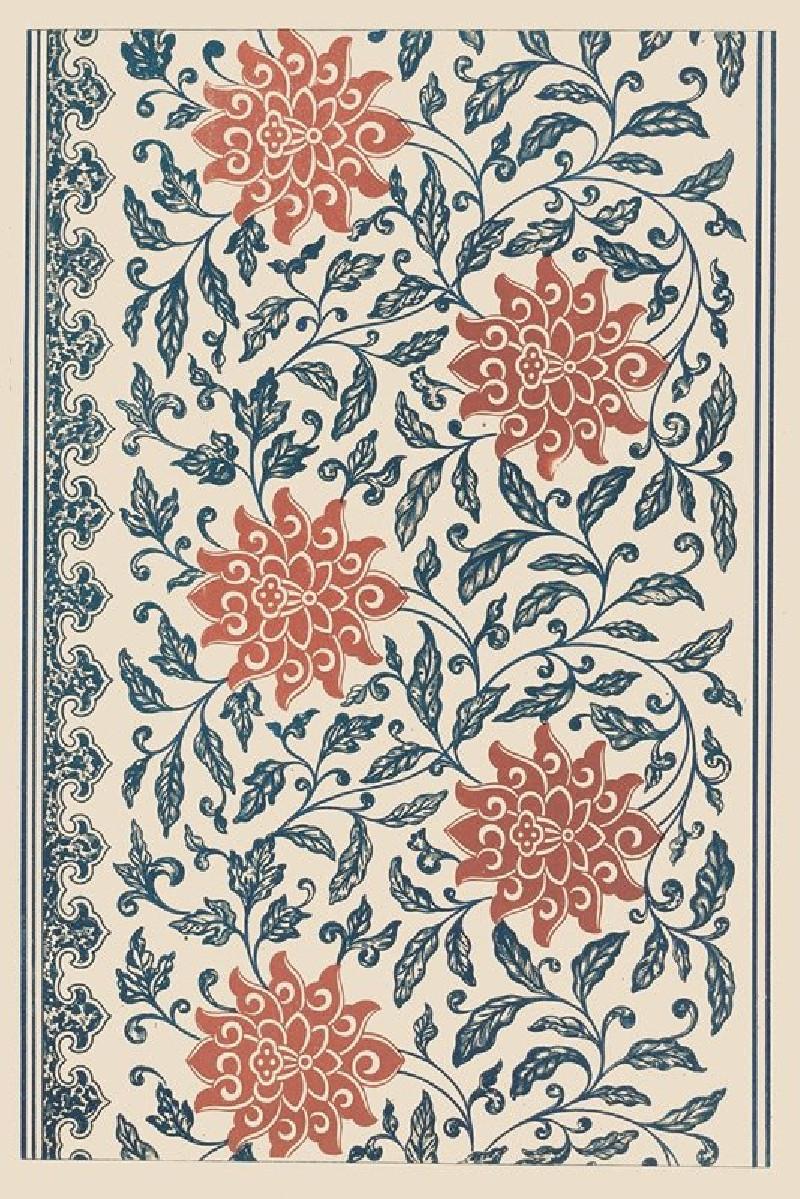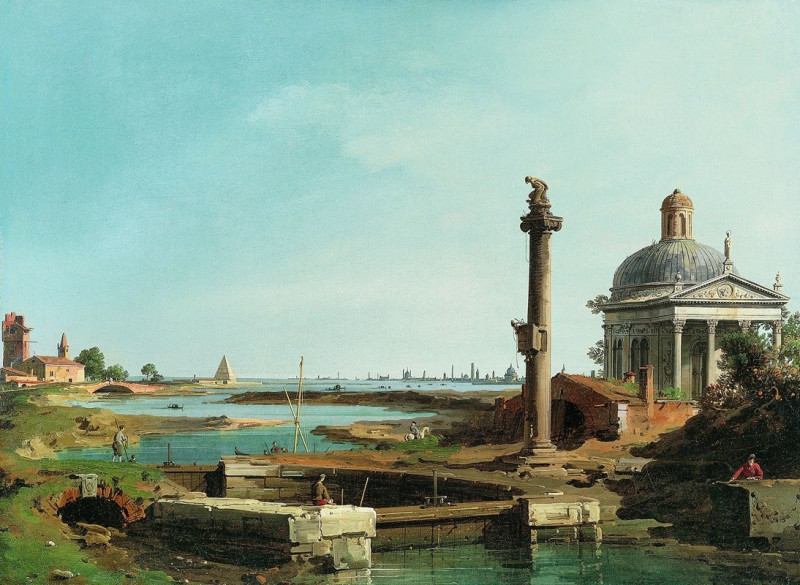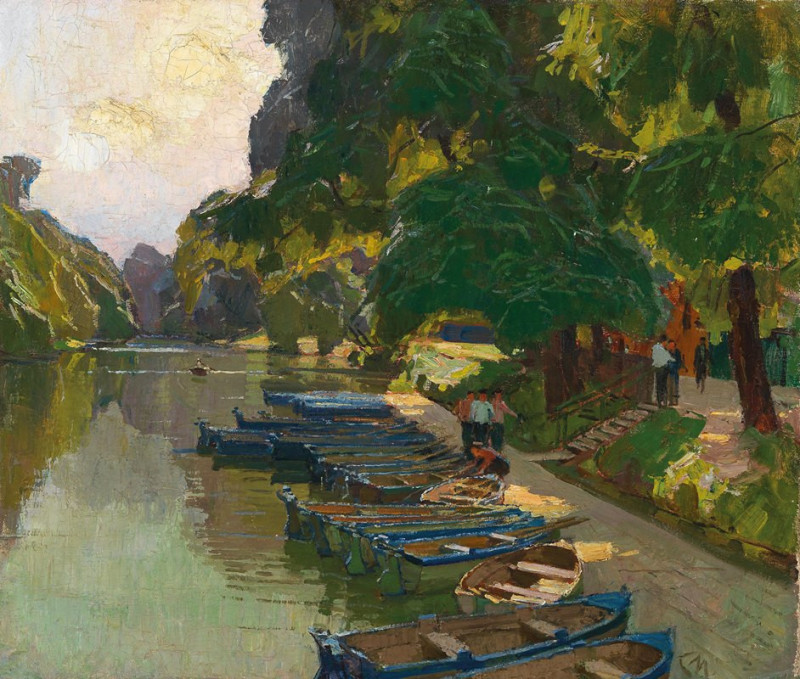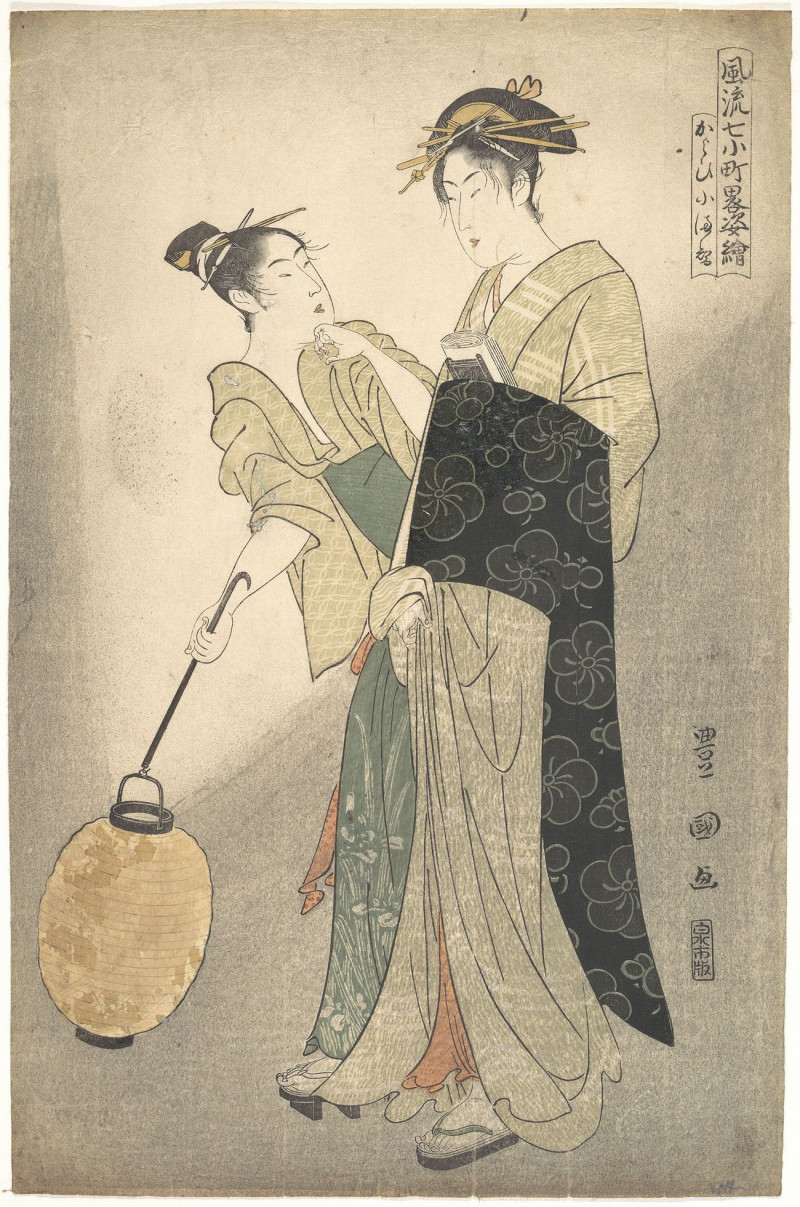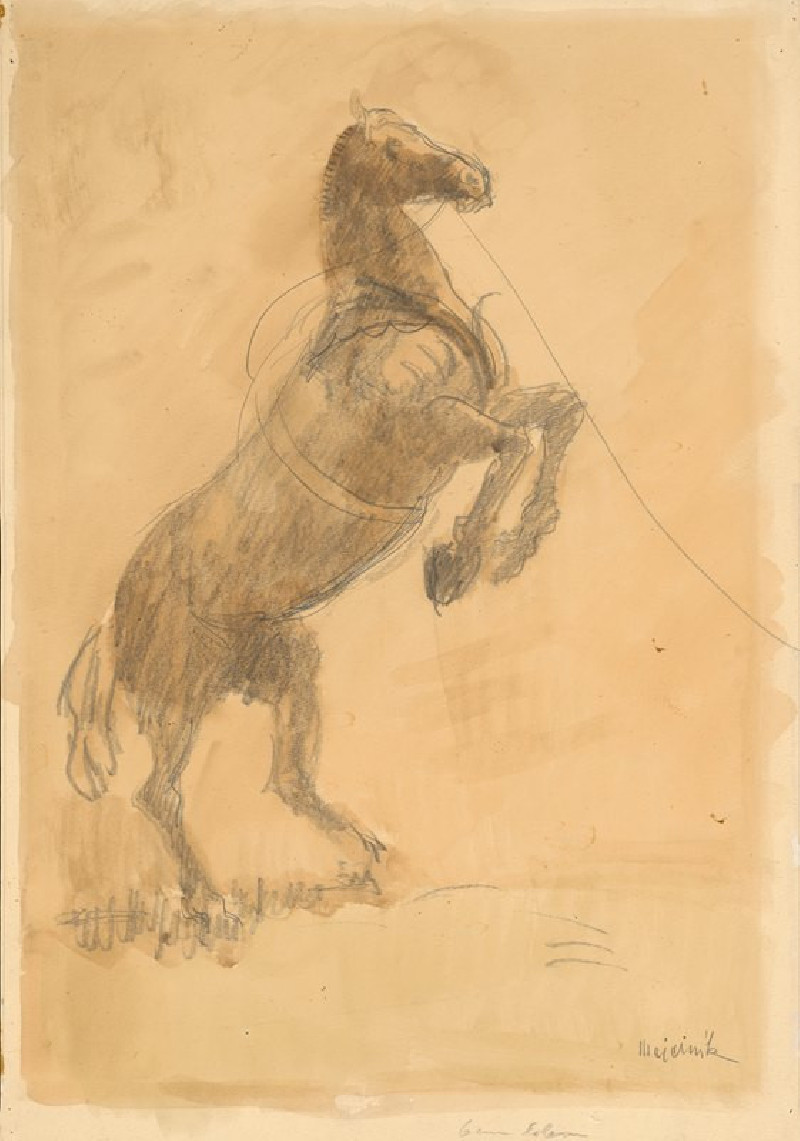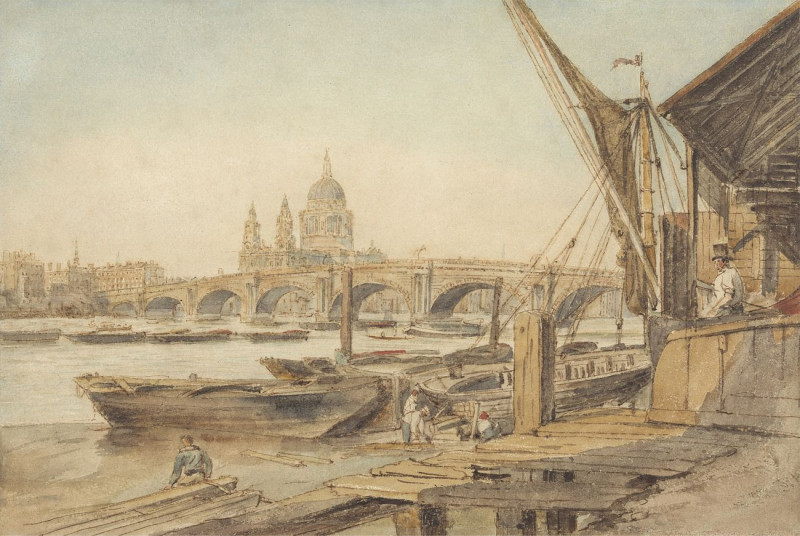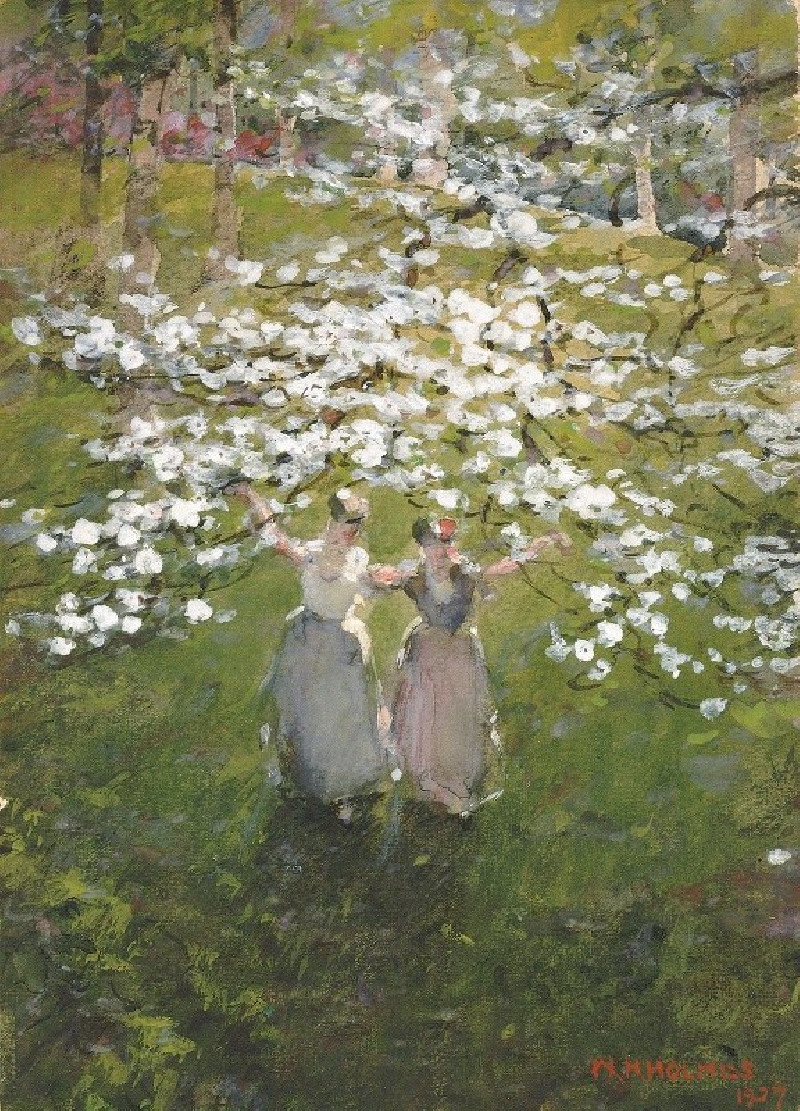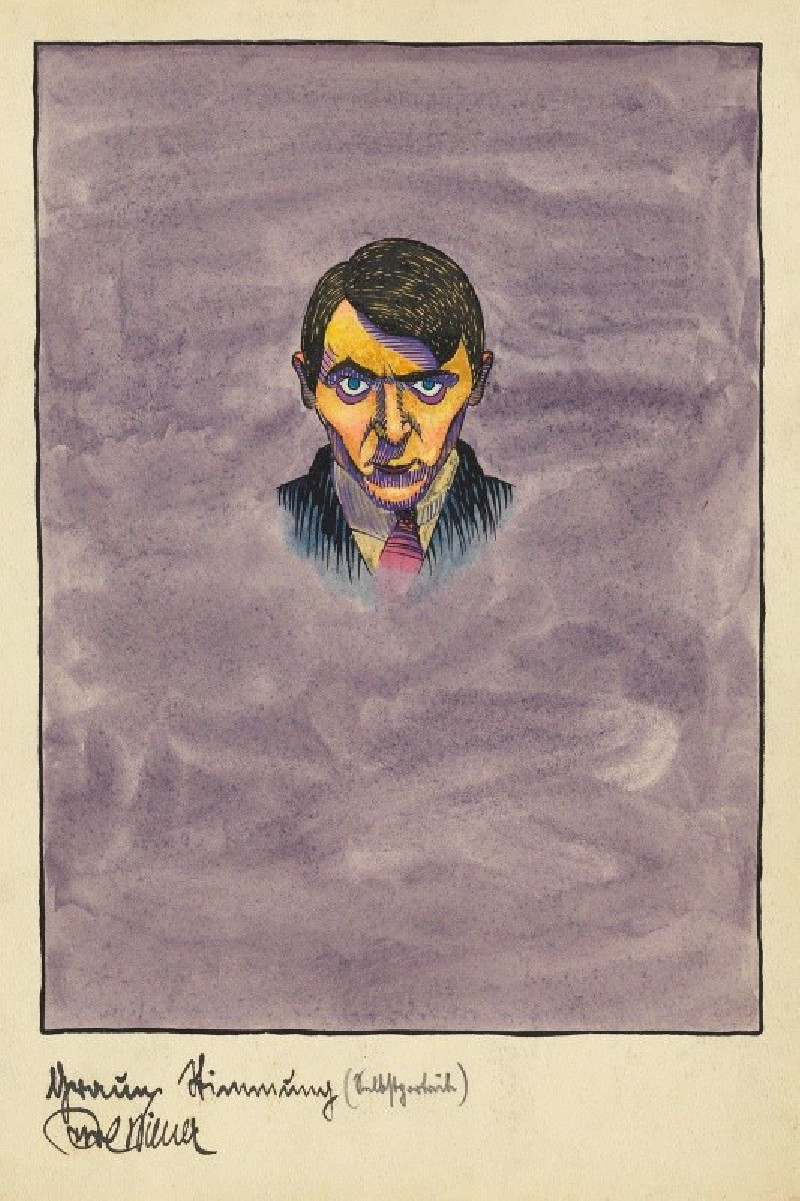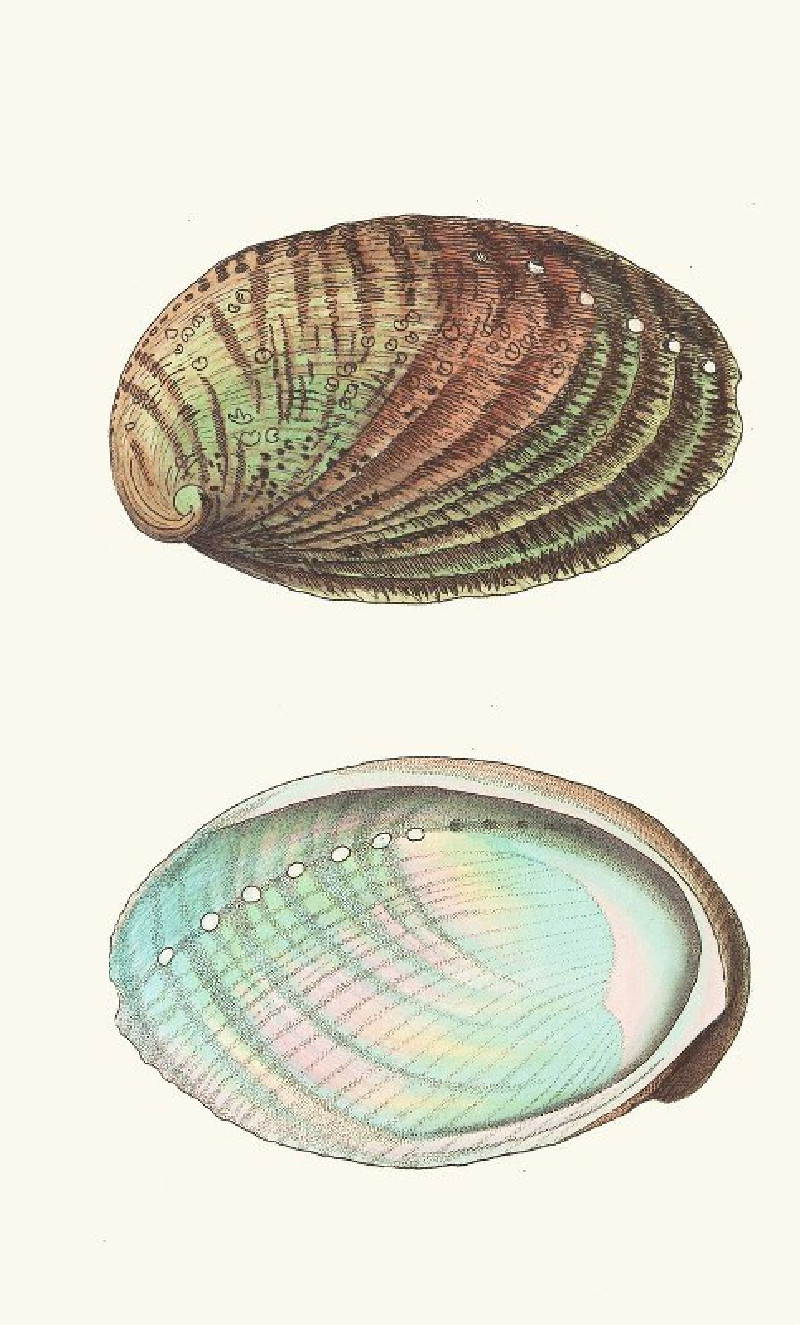Kensington Gardens
Technique: Giclée quality print
Recommended by our customers
More about this artwork
"Kensington Gardens," a charming watercolor by John Martin, captures the tranquil beauty of one of London's famed Royal Parks. In this entrancing piece, Martin offers viewers a serene woodland scene, complete with towering trees and lush underbrush, masterfully rendered to evoke the quietude and splendor of nature.Delicate and atmospheric, the painting invites us to a path barely trodden, under the dappled sunlight that peeks through the dense canopy of leaves. The soft hues and fine brushwork create an almost ethereal quality, showcasing Martin's skill in portraying light and shadow. A gentle, pastoral scene unfolds in the background, where tiny figures — likely park visitors — meander leisurely, adding a subtle touch of human presence to the landscape.This artwork is not just a representation of Kensington Gardens but an invitation to pause and appreciate the timeless dance between light, nature, and humanity.
Delivery
Returns
John Martin was an English Romantic painter, engraver and illustrator. He was celebrated for his typically vast and melodramatic paintings of religious subjects and fantastic compositions, populated with minute figures placed in imposing landscapes. Martin's paintings, and the prints made from them, enjoyed great success with the general public—in 1821 Thomas Lawrence referred to him as "the most popular painter of his day"—but were lambasted by John Ruskin and other critics.

